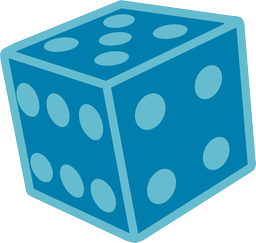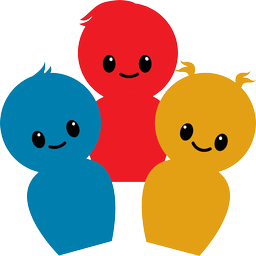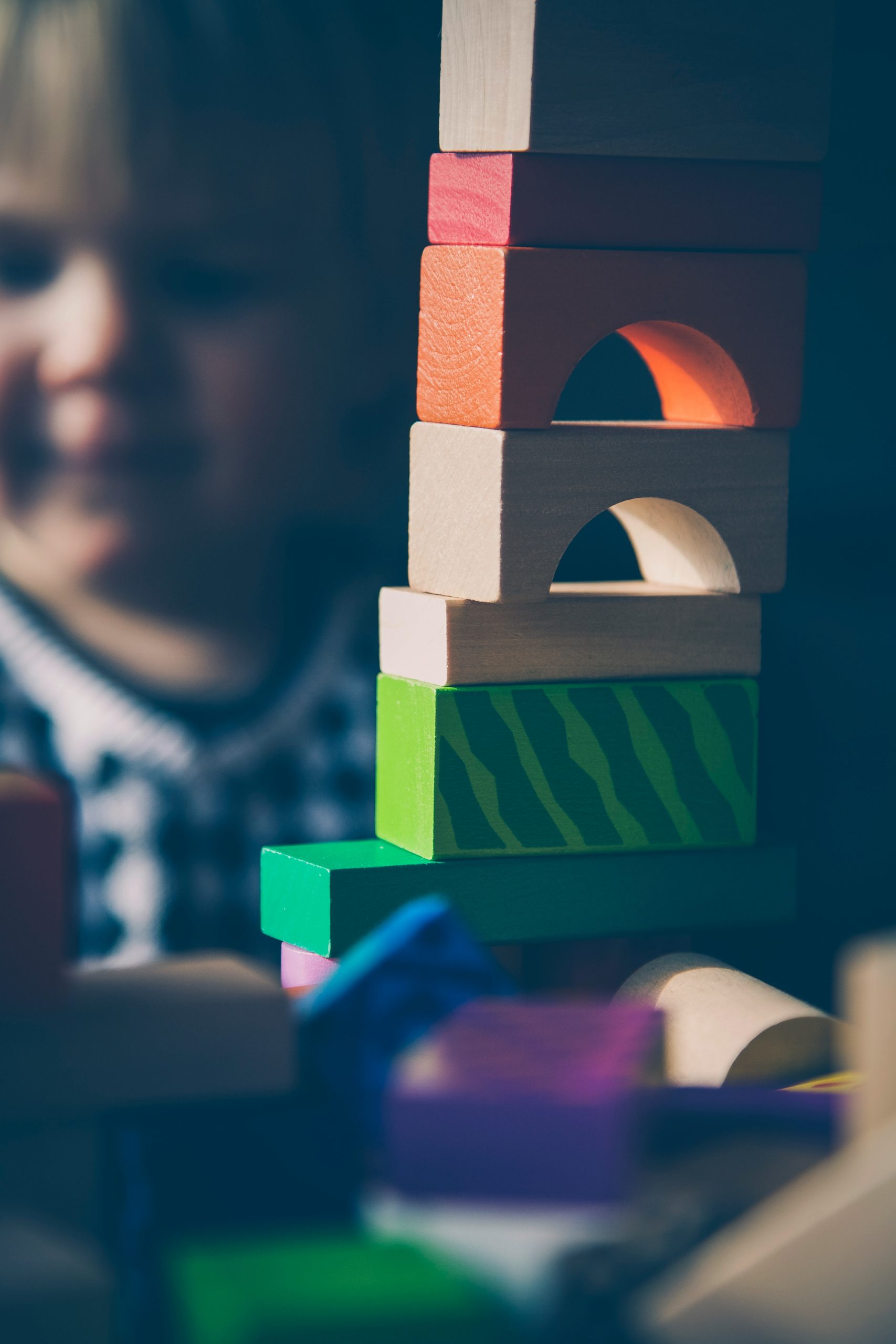Areas it develops: spatial orientation, learning about shapes, problem solving skills, vocabulary
Learning about our busy world, with a pinch of maths. We might think that maths, depiction, logics and arguing only comes in school but all of these skills have to be supported by undisturbed early developement. These next activitites develop visual-motor coordination, manipulation of different objects/things, the planned and precise grabbing motion, movement and perception. It is crucial to always give them enough time for observation and execution. Bare in mind that there might be multiple solutions, even ones that the adult does not think about, but a solution is a solution!
When children are learning about the world they also use their creativity and problem solving skills. In this game they can explore the features of objects with the help of their environment and of easy-to-follow rules. They get to learn about them from a fun point of you: from above. They can learn that things can look different depending on how you are looking at them.
Mathematics, representation, logic, reasoning; we think of these as concepts only appearing later in primary school. However, the undisturbed developmental processes in early childhood ensure the appearance of these functions. This play activity helps the development of visuomotor coordination, manipulation, the planned and precise stretching and grasping, gripping, movement, and sensing.
It is important to always leave enough time for children to observe and carry out this activity. It is also important to note that often there are multiple solutions, and children do not always choose that particular one of which the adult is thinking. But every solution is a solution.







